
Two years after the annexation of Crimea started the worst crisis in relations with the West since the Cold War, the economic situation in Russia continues to worsen. 2015 saw real GDP and wages both fall over three percent, while inflation broke 15 percent, caused by a devastating combination of sanctions over the conflict in Ukraine and the plummeting price of oil. At the same time, the Russian coffee market is still often viewed as promising. The ascension of Russia to full member status in the International Coffee Organization (“ICO”) in April of 2015 was a clear symbol of its growing importance to the world coffee market. ICO Executive Director Robério Oliveira Silva mentioned Russia specifically as one of the most important growth markets in the world in a speech in late 2015, emphasizing in particular the prospects for growth in specialty coffee. The question then, is whether or not Russia’s deteriorating economy will be enough to overwhelm its growing demand for coffee. Long-term trends and past Russian consumer behavior suggest it will not, although without a general economic turnaround, slow growth is the best that can be hoped for.
Russian coffee market provides reasons for optimism
Russia shares many of the traits that characterize promising coffee markets. Tea remains the dominant hot beverage (seventh in the world in per capita consumption in 2015), which allows coffee to be positioned as an interesting and a modern alternative hot drink. All of the countries that are expected to show the fastest growth in coffee volumes in the next five years are also currently huge tea consumers.
Tea’s dominance means that there is a great deal of room for coffee to grow. Although Russia is already one of the largest consumers of coffee in the world by volume, this is largely a reflection of the sheer size of the population and not of market saturation. Per capita consumption remains relatively low at 245 cups in 2015, well below the Eastern European average of 324. That suggests that there is a great deal of potential for increased consumption when Russian incomes recover from the crisis.
Second, the coffee shop culture has been growing strongly and has critically begun to move beyond the core urban markets of St. Petersburg and Moscow to second-tier cities like Yekaterinburg and Krasnodar. Starbucks opened its hundredth Russian outlet in 2015, despite having only entered the country in 2007. Although they are expected to dip slightly in response to the economic crisis, transactions at specialist coffee shops grew at a compound annual growth rate (CAGR) of 10 percent in the period of years from 2009 to 2014. The head of one of Russia’s largest domestic chains, Traveller’s Coffee, has publically said that he is not planning on cutting back expansion. Despite the economic crisis, he views coffee as a product that is still affordable, and one that Russian consumers will be slow to give up.
Neither staple nor luxury
In many oil-dependent economies, especially in the Middle East, coffee is a luxury item that consumers find easy to cut out in economic hard times. That is what is occurring in nearby Azerbaijan, for example. In Russia, the situation is more complicated. Recently, the Ministry of Industry and Commerce has considered adding coffee to a list of 24 foods the price for which is considered as socially important enough to require government intervention if prices begin to spike. This shows that while it is very close to becoming a staple food, it is not there yet. It is instead in a transitional state where it is neither an essential nor a luxury to most consumers, but something in between. Thus, continued economic turmoil is more likely to cause Russians to switch to lower-cost options rather than abandon coffee entirely. This may present an opening for private labels that currently have only a low market share of less than one percent.
The Russian middle class, whose spending has driven coffee’s growth, has also been less damaged by the economic crisis than other groups. A report from the Russian Academy of Sciences published in 2016 found that only 23 percent of middle-class Russians reported that their personal financial situation has been negatively affected since the recession began in 2014. That number seems certain to grow as the crisis drags on, but that does suggest a solid base of consumers who have no need to cut back on their spending just yet.
Coffee demand is likely to remain resilient in tough economic times. Despite all of these advantages, the reality is that coffee can only grow so much at a time when wages are falling and the devaluation of the rouble is driving up the prices on imports. Preconditions exist for Russia to be a high-growth coffee market, but there are just not enough roubles in the pockets of Russian citizens right now for that to happen. As a result, industry analysts predict a lethargic CAGR in retail volume sales of 1.6 percent in the period of years from 2015 to 2020. While that may not seem like much, it is important to note that in view of the size of the Russian market, that is still good enough to rank 15th in the world in absolute terms.
The Russian coffee market has continued to grow even as the Russian economy has started to sputter. In 2015, with wages and the GDP falling, volume sales of coffee still showed a small increase of 0.5 percent. Also encouraging is the increasing importance of fresh coffee, which continues to take a noticeable market share from instant coffee every year. If coffee is capable of showing such growth in the midst of a recession, the return to even a tepid overall GDP growth should be enough to keep coffee consumption increasing at a moderate pace. For example, in 2013, a year in which the Russian economy grew only 1.3 percent, coffee still managed to show a two-percent volume growth. Tepid growth is an achievable goal.
Could demand come roaring back?
These are conservative long-term projections. There is always the possibility of instability in a major petroleum producer leading to constricted supplies and price spikes. A rise to even a moderate USD60 or USD70 a barrel would be a major positive development for the Russian economy and restore strength to the rouble, making coffee imports cheaper.
Additionally, the sanctions will not stay in place forever. Although Russia is unlikely to renounce Crimea or its support for the breakaway regions of Ukraine, cracks are starting to show in the unity of the European Union on the issue from member-states like Hungary and Greece. Although the U.S. and more strongly anti-Russian countries, such as Poland, will probably keep them in place for a long time, it is doubtful that multilateral sanctions can stay in place indefinitely, which should provide further economic relief.
Coffee’s transition from a luxury good to basic foodstuff will keep demand afloat during the current recession, but it will take a major economic turnaround for Russia to fulfil its potential as one of the world’s great coffee markets.


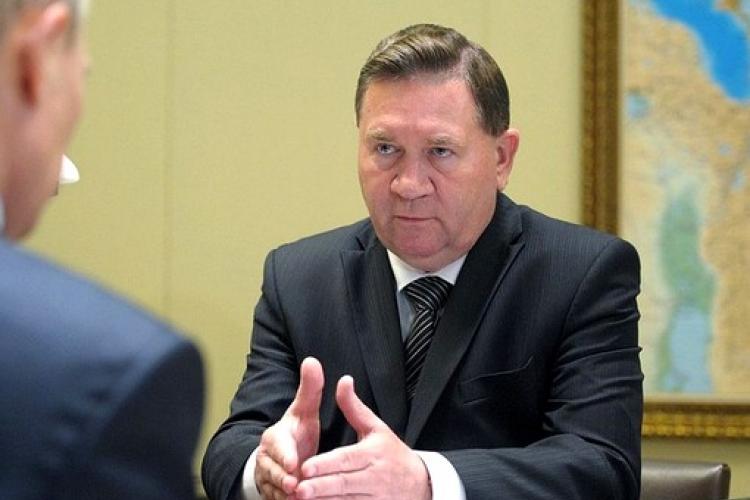
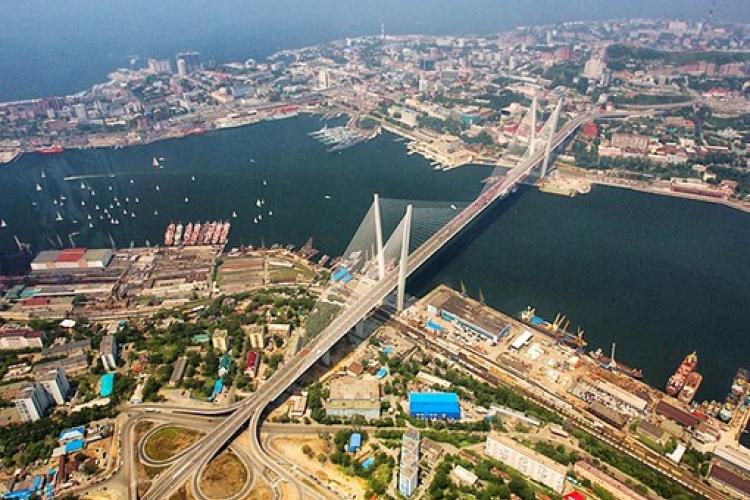

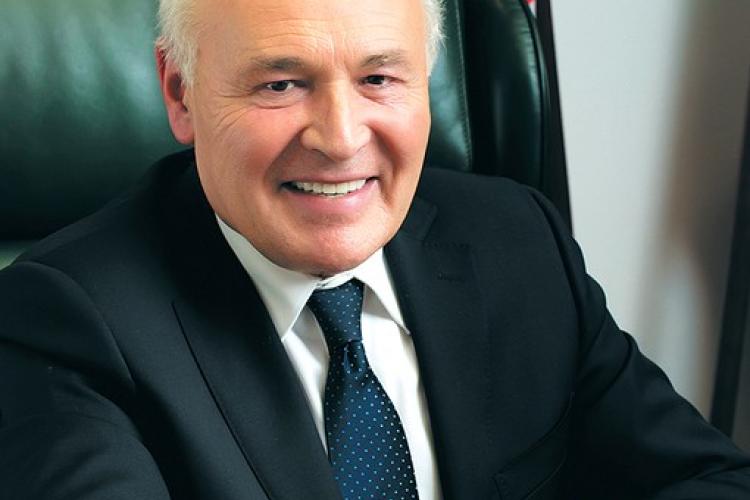
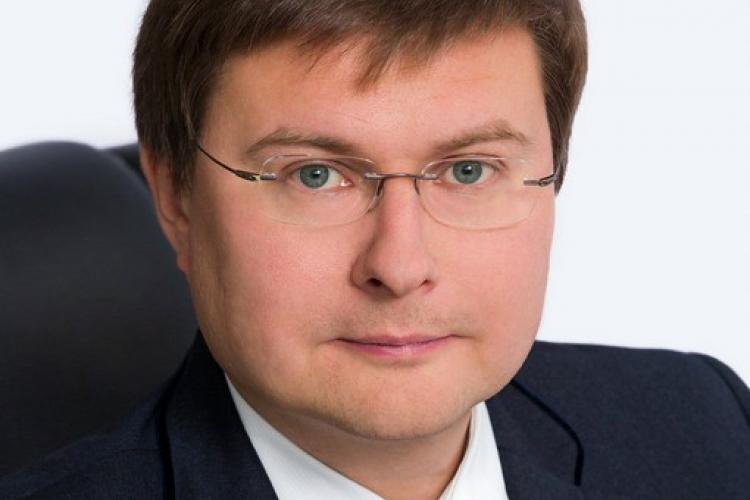

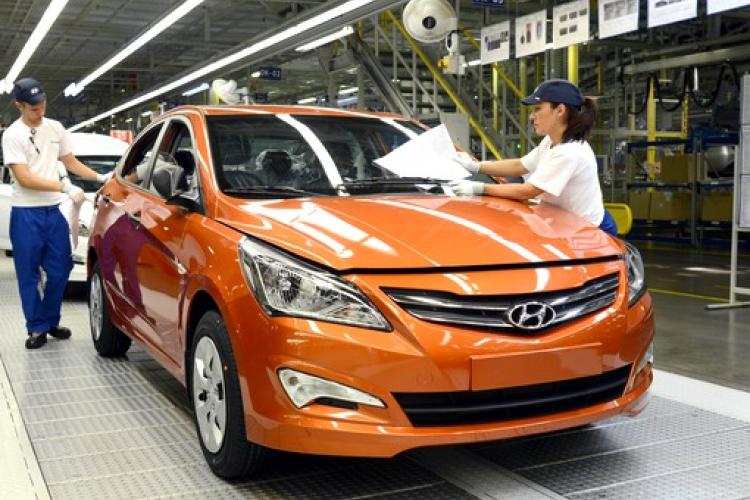
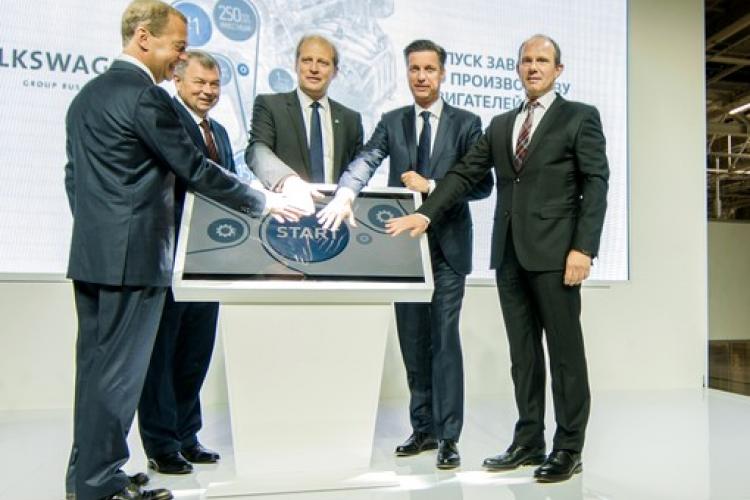
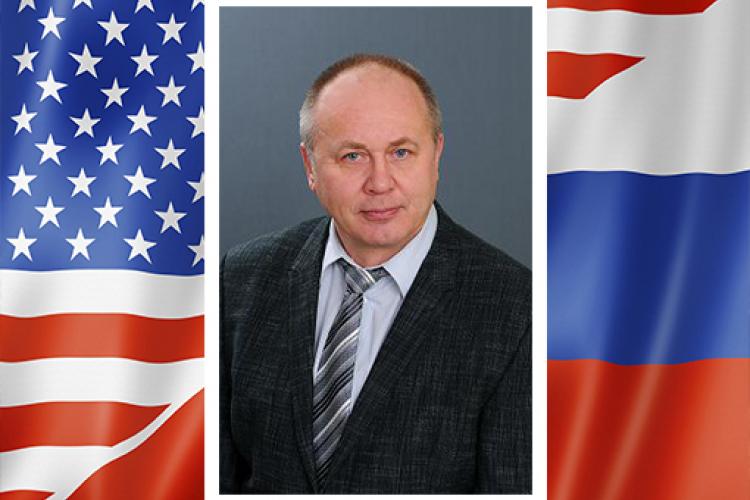

Leave a comment